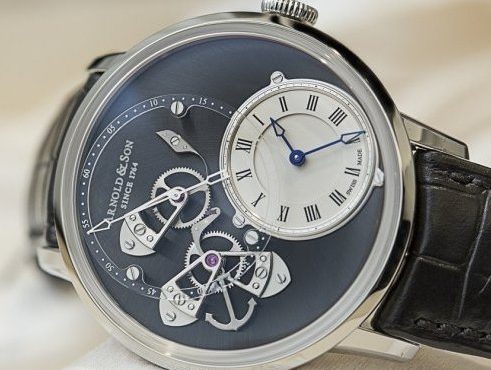If you were to ask someone to draw a watch, you’d likely come up with similar renderings with circular case and a rectangular band wrapping around.
Though the basic outline shape is true for most watches, some stray away from symmetrical design for the watch face.
Asymmetrical watches exist in the marketplace as an escape from conformity.
One, like English brand Arnold & Son, used their 250th anniversary to release its limited edition DTSB, or dial side true beat. The DSTB features an off-centered white lacquer sub-dial with hours and minutes at 4 o’clock.
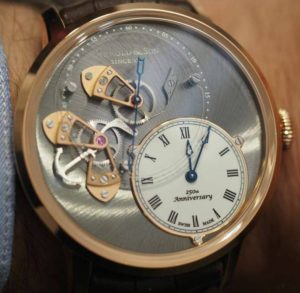
Another asymmetrical watch, the Lange 1 from German brand Lange & Söhne, features a dial comprising of different sections for the hour and minute sub-dial, the seconds sub-dial, the power reserve indicator and the oversized pair of date windows.
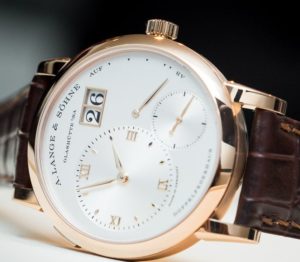
Another German brand, Glashütte, incorporates asymmetrical design in its Original’s Pano collection.
With a black face and gold accents, the dial of the PanoMaticLunar watch includes a moon phase indicator, which is shaped to mimic a half moon shape.
The lunar display sits alongside a large date window and two overlapping subdials, one each for the hour and minutes and one for the seconds.
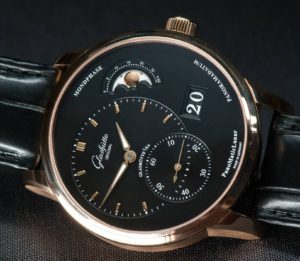
By putting a lot of information in the small area of a watch face, the Greubel Forsey GMT Earth has a lot going on, to say the least.
On the dial side, there’s the hour and minutes sub-dial. Adjacent to that is the power reserve indicator, followed by a tourbillon cage. Also included on the watch face is a three-dimensional globe, displaying universal time divided into day and night, and finally – the GMT indicator.
Flip the watch around and you’ll be met with a world time disk complete with Daylight Saving Time for select time zones next to the other side of the globe.
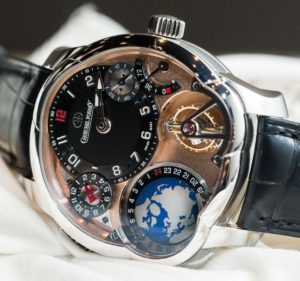
So, do you prefer the traditional watch or one with an asymmetrical design jam-packed with separate dials and universal time?

